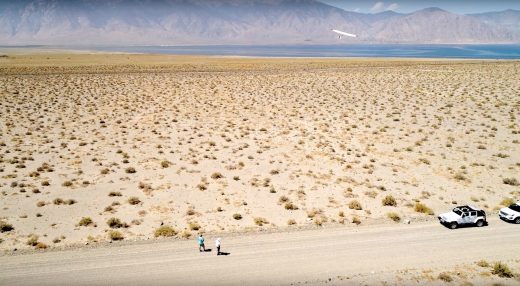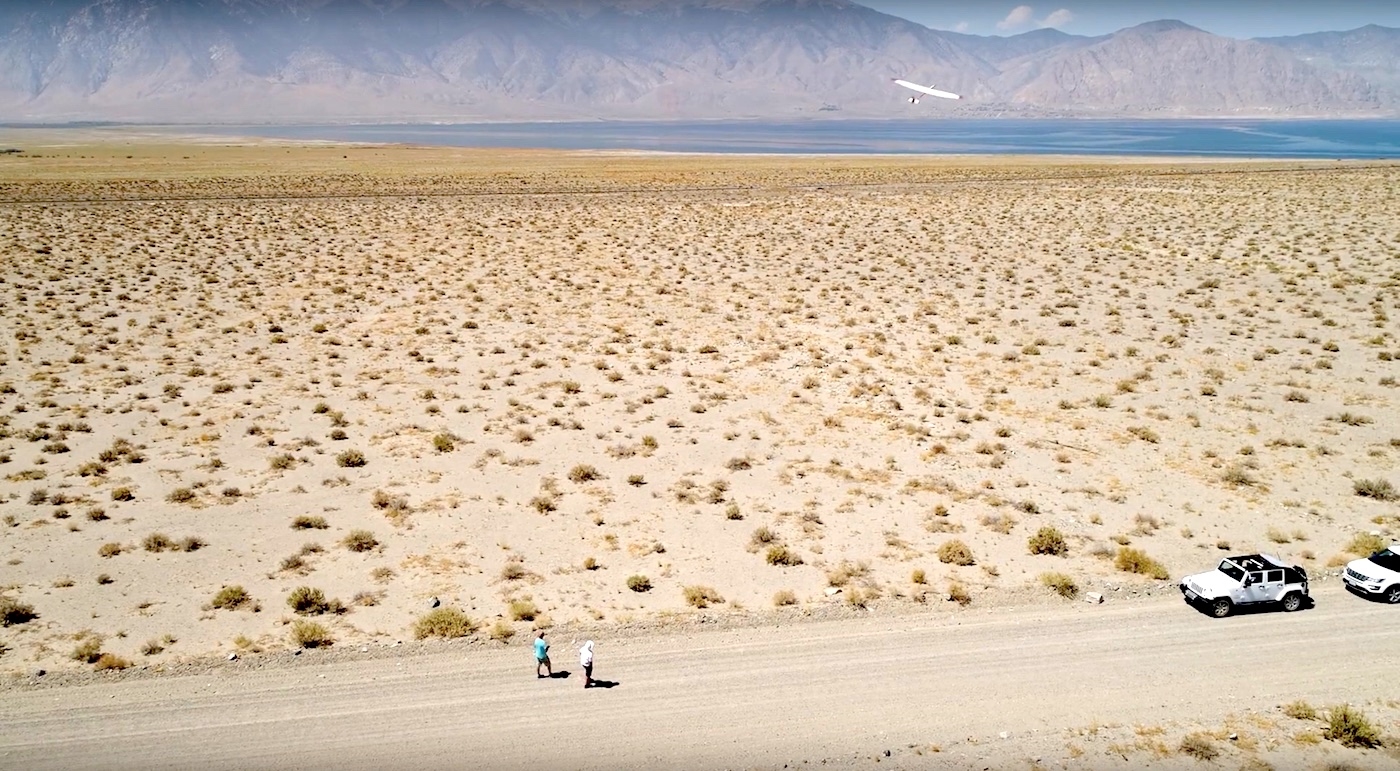Microsoft Research uses AI to help drones soar like eagles
“Birds do this seamlessly, and all they’re doing is harnessing nature.” principal researcher Ashish Kapoor says. “And they do it with a peanut-sized brain.” AI doesn’t have a brain, per se, so it has to not only assess air temperature, but then predict where the next thermal might be and then catch it. For this test, though, the craft had a motor and someone on the ground with a remote control serving as backup in case the craft’s smarts failed.
The ultimate goal is to keep the craft in the air indefinitely with solar or wind power, and, perhaps serve as autonomous floating cell towers. Kind of like what Google’s Project Loon and Facebook’s Tether-antenna.
More than that, Microsoft is looking at the complex AI at play here as a proving ground for applications where algorithms need to make split-second decisions — like self-driving vehicles.
(37)










